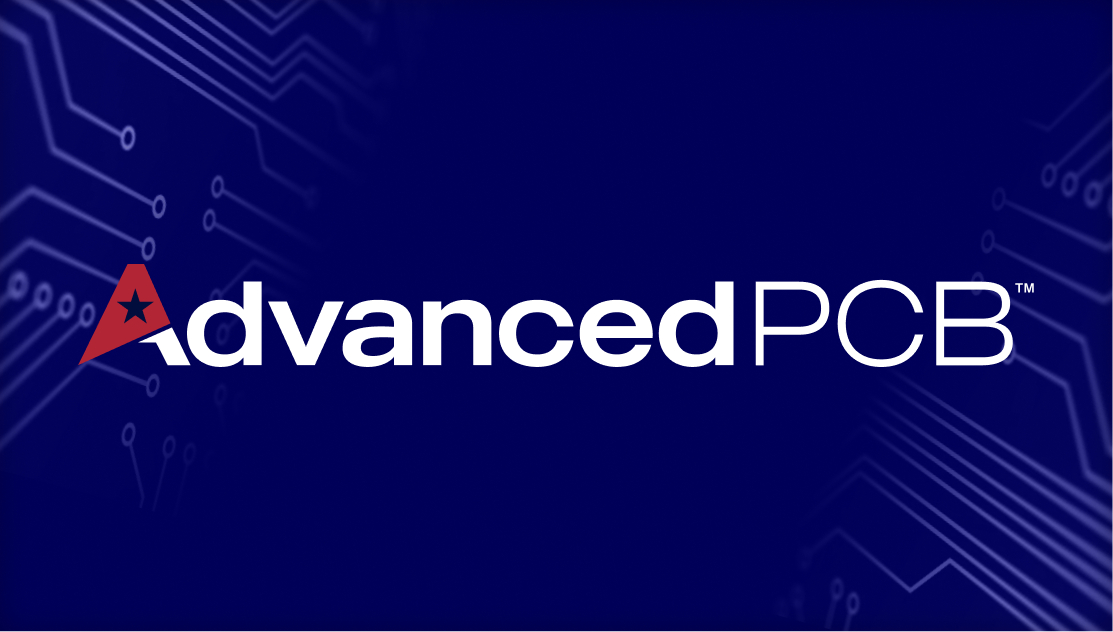PCB Panelization: Tab-Route vs. Score

.jpg?lang=en-US) When you have a lot of printed circuit boards to order for your business you want to be able to find ways to cut costs without sacrificing quality. Tab-route panelization and scoring are two ways that you can achieve this goal.
When you have a lot of printed circuit boards to order for your business you want to be able to find ways to cut costs without sacrificing quality. Tab-route panelization and scoring are two ways that you can achieve this goal.
Before we get into this, it’s helpful to review what a PCB panel is, and what benefits it provides during the manufacturing and assembly process. The panel is one larger group of individual printed circuit boards that are broken out to the single boards, during assembly. Panelization allows for less defects in the finished PCB boards, and the panels work well in automated assembly machines.
Now, back to our tab routing and scoring discussion. Scoring involves a “V” groove cut into the top and bottom surfaces of your PCB array and is done when your boards are placed together side by side and end to end. Tab routing lets you place more than one board (of either the same or different design) into a given area. PCBs can then be removed by breaking or cutting the tabs that are between the boards in the array. Both of these methods allow engineers to get multiple boards manufactured and assembled at the same time using automated processes. This results in lower costs for the project and faster completion of the PCB order.
Choosing PCB Tab Routing or Scoring
If you have a PCB order that requires tab routing or scoring it is important to communicate those needs to your PCB manufacturer. With AdvancedPCB, you can get help with processing your order as long as the following information has been submitted:
- Your single board files (1-up files)
- The total number of boards in the array and the number of boards in both the X and Y directions
- The width of the top, bottom, left and right rails, if required. (Standard is 0.5”)
- Select either scored or tab route array on your order form
For any questions related to your order and to see how you can take advantage of the free design and submission tools available, contact an expert at AdvancedPCB.

AdvancedPCB
Related Posts

Future trends of the circuit board

2-Layer vs. 4-Layer Printed Circuit Boards



